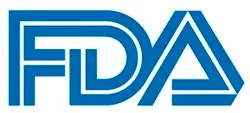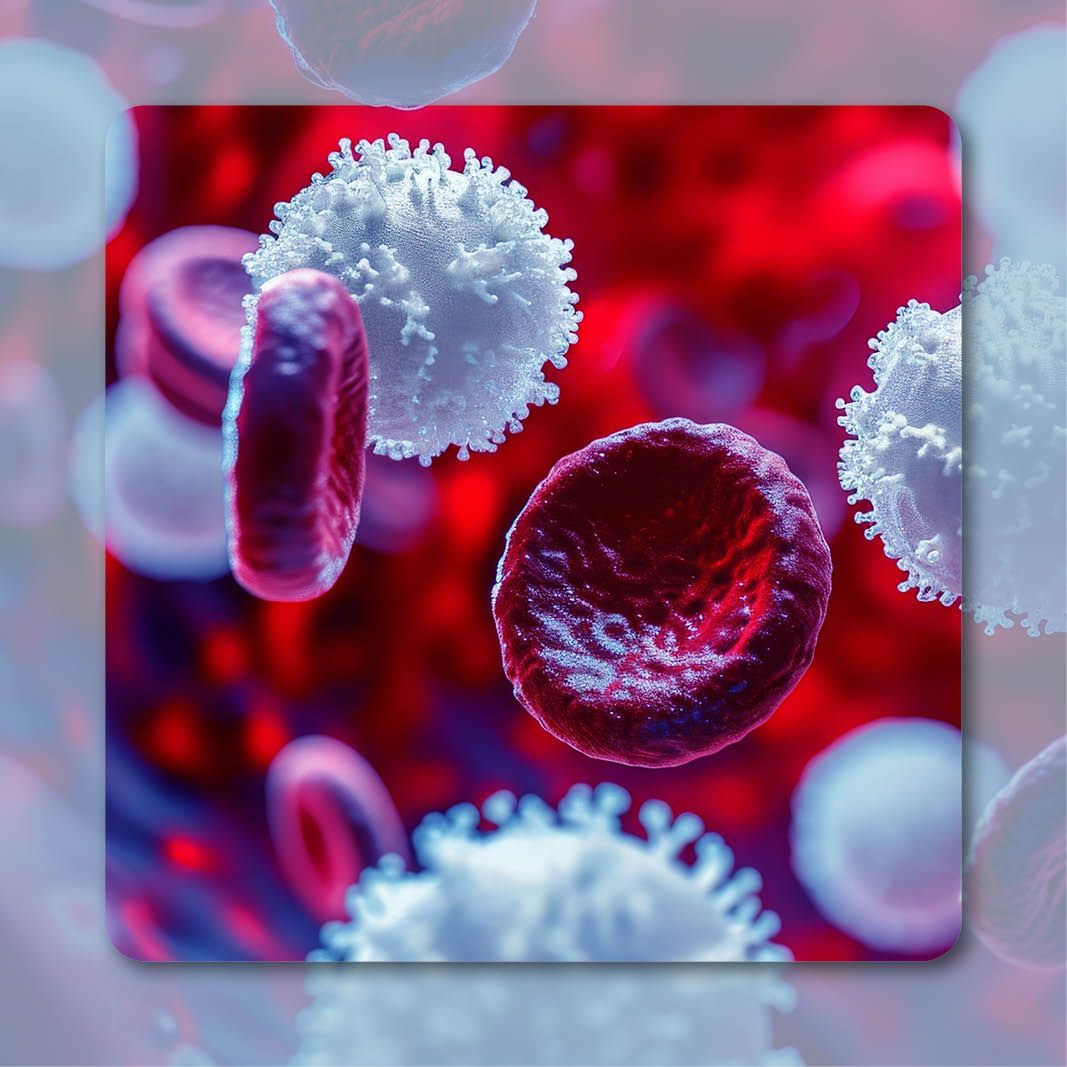News
Article
FDA Grants Fast Track Designation to BGB-16673 in Previously Treated CLL/SLL
BGB-16673 has received FDA fast track designation for relapsed or refractory CLL or SLL following 2 or more prior lines of therapy.
US FDA

The FDA has granted fast track designation to BGB-16673 for adult patients with relapsed or refractory chronic lymphocytic leukemia (CLL) or small lymphocytic lymphoma (SLL) who have previously received 2 or more prior lines of therapy, including a BTK inhibitor and a BCL-2 inhibitor.1
The designation is based on data from the phase 1/2 CaDAnCe-101 trial (BGB-16673-101; NCT05006716) in patients with heavily pretreated, relapsed/refractory CLL/SLL. At a median follow-up of 4.6 months (range, 0.3-19.8) the overall response rate (ORR) was 72% (n = 31/43) in response-evaluable patients.2 The disease control rate (DCR) and median time to first response were 88% and 2.8 months (range, 2.6-6.2), respectively.
“When disease progression for patients on BTK inhibitors occurs, there is a need for BTK-targeting agents with a different mode of action given the centrality of this pathway in CLL/SLL. BTK protein degradation with our BTK chimeric degradation activating compound [(CDAC) BGB-16673] may address this unmet need,” Mehrdad Mobasher, MD, MPH, chief medical officer of Hematology at BeiGene, stated in a news release.1
BGB-16673 is a bivalent molecule harboring a BTK-binding moiety, linker, and E3 ligase binder that results in BTK degradation through polyubiquitination4. Preclinically, BGB-16673 has shown wild-type and mutant BTK degradation, including in forms of BTK that commonly confer resistance to covalent and noncovalent BTK inhibitors. In the first-in-human study, significant reductions in BTK protein levels in both peripheral blood and tumor tissue were observed.
The ongoing open-label, dose-escalation and -expansion CaDAnCe-101 trial is evaluating the agent in patients with relapsed/refractory B-cell malignancies. Data from the CLL/SLL cohort of the trial were presented at the 2024 EHA Congress.2 Earlier findings from other cohorts of the trial were presented at the 2023 ASH Annual Meeting & Exposition.3
To be eligible for enrollment in this cohort, patients had to meet 2018 International Working Group CLL Criteria for treatment, have received at least 2 prior lines of therapy including a covalent BTK inhibitor if approved, have an ECOG performance status between 0 and 2, and have adequate end-organ function.2 Across all cohorts, BGB-16673 was administered orally in 28-day cycles once daily.
The primary end point for part 1 was the determination of safety, tolerability, the maximum-tolerated dose (MTD), and the recommended phase 2 dose for BGB-16673. Secondary end points included assessment of pharmacokinetic and pharmacodynamic properties in addition to antitumor activity.
As of February 14, 2024, 49 patients with CLL/SLL had been enrolled in the dose-escalation and safety expansion phases having received 50 mg (n = 1), 100 mg (n = 5), 200 mg (n = 16), 350 mg (n = 15), and 500 mg (n = 12) of treatment. Most patients remained on treatment (n = 40; 82%). Reasons for discontinuation were disease progression (n = 4), adverse effect (AE; n = 4), and investigator decision (n = 1).
Baseline characteristics indicated that patients were heavily pretreated having received a median of 4 (range, 2-10) prior lines of therapy. High-risk features were also present in this population and included unmutated IGHV (82%), deletion 17p [del(17p)] or TP53 mutation (60%), and complex karyotype (47%).
Additional efficacy results indicated that across the 50-mg, 100-mg, 200-mg, 350-mg, and 500-mg dose levels, the ORRs were 100%, 80%, 88%, 57%, and 57%, respectively. The respective DCRs were 100%, 100%, 94%, 71%, and 100%. Median time to first response was 2.9 months (range, 2.9-2.9), 4.2 months (range, 2.8-6.2), 2.8 months (range, 2.6-4.1), 2.8 months (range, 2.6-5.6), and 2.8 months (range, 2.6-2.8), respectively. Only 2 patients in the entire cohort treated with 200 mg of BGB-16673 achieved complete responses.
The investigators noted that the ORRs were comparable between patients who had previously received covalent BTK inhibitors and BCL-2 inhibitors (70%), those with del(17p) or TP53 mutation (68%), and those with complex karyotype (67%). They added that responses occurred in patients with C481S, T474l, and/or L528S BTK mutations, as well as those with PLCG2 mutations.
Regarding safety, 1 dose-limiting toxicity––grade 3 maculopapular rash––occurred at the 200-mg dose level. None of the 3 treatment-emergent AEs were determined to be treatment-related. The most common all-grade and grade 3 or greater AEs, respectively, were fatigue (33%; 2%), contusion (29%; 0%), anemia (22%; 2%), diarrhea (22%; 0%), neutropenia (22%; 20%), pneumonia (16%; 12%), COVID-19 (14%; 0%), cough (14%; 0%), dyspnea (14%; 0%), amylase increase (12%; 0%), lipase increase (12%; 2%), pyrexia (12%; 0%), thrombocytopenia (12%; 0%), arthralgia (10%; 0%), decreased appetite (10%; 0%), and nausea (10%; 0%).
Notably, there was no evidence of atrial fibrillation or grade 3 or greater hypertension. The MTD was also not reached.
At the time of the presentation, study authors noted that the phase 2 cohort of patients with CLL/SLL with prior exposure to both covalent BTK and BCL-2 inhibitors would be enrolling.
“The FDA’s fast track designation supports our goal of efficiently developing BGB-16673 for these patients, the first investigational drug from our CDAC platform. We believe BGB-16673 strengthens our hematology leadership and complements zanubrutinib [Brukinsa], the backbone for our investigational hematology pipeline. BGB-16673 is the most advanced BTK degrader in the clinic and is well suited to become an important therapy for patients progressing after BTK inhibition who have limited options,” Mobasher concluded.1
References
- BeiGene’s BGB-16673 receives U.S. FDA fast track designation for CLL/SLL. News release. BeiGene. August 26, 2024. Accessed August 26, 2024. https://ir.beigene.com/news/beigene-s-bgb-16673-receives-u-s-fda-fast-track-designation-for-cll-sll/ed433e34-61fd-4d89-b243-9e79381811df/#:~:text=(NASDAQ%3A%20BGNE%3B%20HKEX%3A,compound%20(CDAC)%2C%20for%20adult
- Parrondo RD, Thompson MC, Frustaci AM, et al. Preliminary efficacy and safety of the Bruton tyrosine kinase degrader BGB-16673 in patients with relapsed or refractory CLL/SLL: results from the phase 1 BGB-16673-101 study. Presented at: 2024 European Hematology Association Congress; June 13-16, 2024; Madrid, Spain. Abstract S157.
- Seymour JF, Cheah CY, Parrondo R, et al. First results from a phase 1, first-in-human study of the Bruton’s tyrosine kinase (BTK) degrader Bgb-16673 in patients (pts) with relapsed or refractory (R/R) B-cell malignancies (BGB-16673-101). Blood. 2023;142(suppl 1):4401. doi:10.1182/blood-2023-180109








